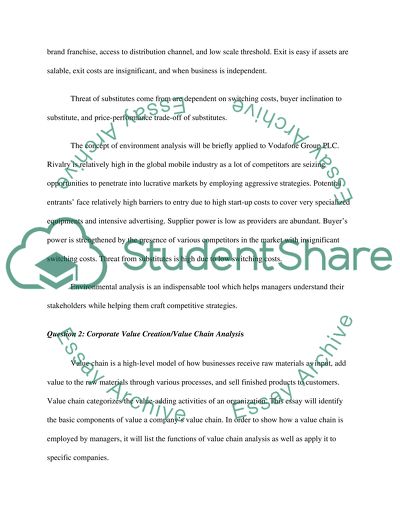Cite this document
(“Business Strategy Questions / Value Chain Analysis Essay”, n.d.)
Retrieved de https://studentshare.org/miscellaneous/1532777-business-strategy-questions-value-chain-analysis
Retrieved de https://studentshare.org/miscellaneous/1532777-business-strategy-questions-value-chain-analysis
(Business Strategy Questions / Value Chain Analysis Essay)
https://studentshare.org/miscellaneous/1532777-business-strategy-questions-value-chain-analysis.
https://studentshare.org/miscellaneous/1532777-business-strategy-questions-value-chain-analysis.
“Business Strategy Questions / Value Chain Analysis Essay”, n.d. https://studentshare.org/miscellaneous/1532777-business-strategy-questions-value-chain-analysis.


